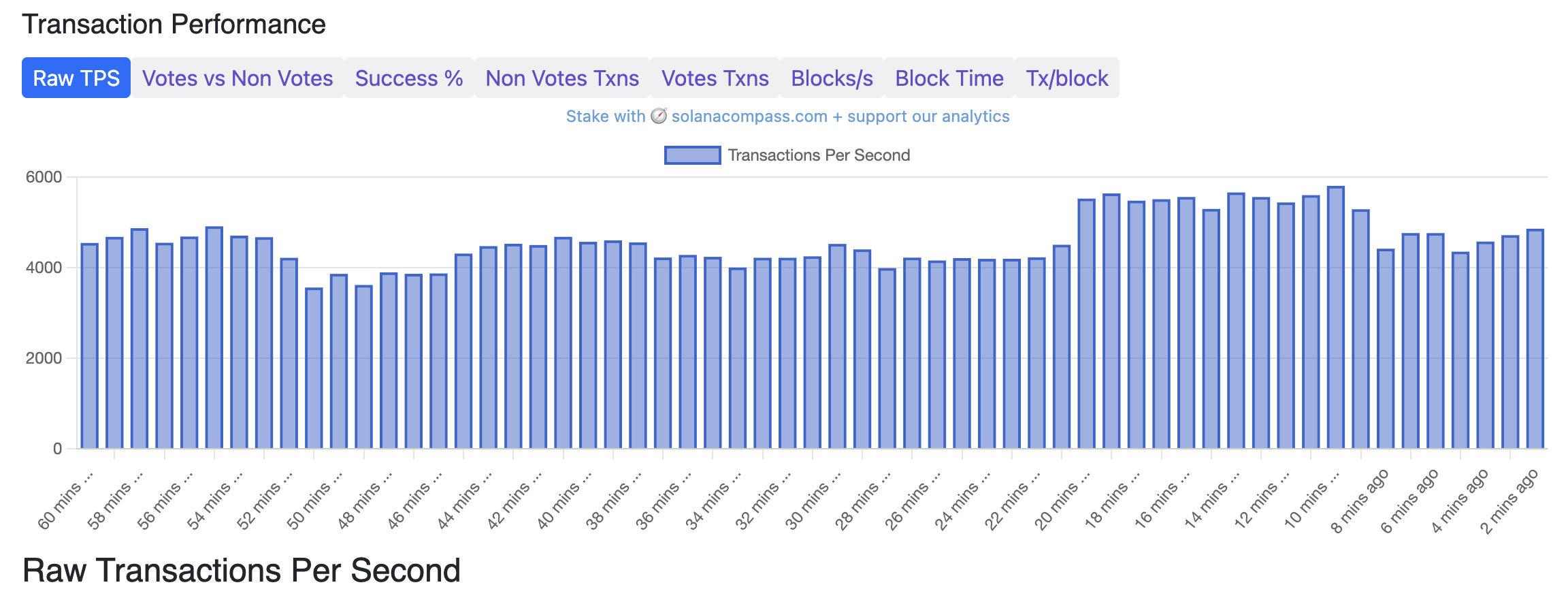A wave of heavy market activity on October 10 sent shockwaves through both traditional and digital markets, exposing the limits of large centralized crypto exchanges.
The turbulence started shortly after US President Donald Trump announced a 100% tariff on Chinese imports. The policy surprise spooked global investors and triggered a sell-off that spread from stocks to digital assets in minutes.
Trump’s rate shock exposes cracks in major crypto exchanges
After the announcement, crypto traders reacted in two different ways. Some rushed to cut their losses, while others rushed to ‘buy the dip’.
The simultaneous increase in orders overloaded several exchanges, including Binance, Coinbase, Gemini, Kraken and Robinhood.
As a result, several social media users reported frozen dashboards, mismatched prices and failed trades as trading engines struggled to keep up with demand.
However, Binance and Coinbase later said the disruptions were caused by extreme user activity and not security breaches.
We are pleased to report that all services have been restored and are gradually returning to normal.
We will continue to monitor the situation to ensure that all activities continue to run smoothly. We appreciate everyone’s understanding. https://t.co/P7BOBjmFjE
— Binance (@binance) October 11, 2025
Although most platforms restored normal service within hours, the episode sparked debate over whether centralized exchanges could scale quickly enough during major volatility events.
While centralized platforms struggled to stay online, decentralized finance protocols (DeFi) operated largely without interruption.
Aave founder Stani Kulechov described the market crash as “the biggest stress test in the history of DeFi.” During the period, the lending platform liquidated approximately $180 million in collateral within an hour, without any downtime or transaction errors.
Chainlink’s community liaison, Zach Rynes, attributed this performance to reliable on-chain price feeds that allowed automated liquidations to be performed in real time.
Similarly, Hyperliquid, a leading decentralized derivatives exchange, reported zero latency despite record traffic volumes. It has credited its HyperBFT consensus system with maintaining throughput and solvency.
During the recent market volatility, the Hyperliquid blockchain had no issues with downtime or latency, despite record traffic and volumes. HyperBFT’s consensus and execution handled the throughput spike elegantly.
This was a major stress test that proved that Hyperliquid’s…
— Hyperliquid (@HyperliquidX) October 11, 2025
On Ethereum, Uniswap processed an estimated $9 billion in daily trading volume – significantly above the norm – without significant delays.
Meanwhile, the resilience extended to the Solana ecosystem, where Kamino Finance confirmed there were no bad debts, with the network itself handling up to 10,000 transactions per second.

Solana’s raw transaction per second. Source: Solana
Speaking about the strong performance of these DeFi protocols, Paul Frambot, CEO of Morpho Labs, said the resilience of DeFi highlights why an open, programmable financial infrastructure can ultimately outlast traditional intermediaries.
Antonio Garcia Martinez, an executive at Coinbase’s Base network, echoed similar views, adding:
“The fact that you have a financial infrastructure that manages billions and runs in a decentralized way as literal code on machines owned by strangers who don’t trust each other is one of the great technical marvels of our time. There are cathedrals everywhere for people with eyes to see.”
The post DeFi passes real-world stress test as major exchanges buckle under Trump’s rate shock appeared first on BeInCrypto.


